When did Myanmar join ASEAN?
Topic of Study [For H2 History Students]:
Paper 2: Regional Conflicts and Co-operation
Source Based Case Study
Theme III Chapter 2: ASEAN (Growth and Development of ASEAN: Building regional peace and security – relations between ASEAN and external powers)
Historical context
During the 29th ASEAN Ministerial Meeting (AMM) in July 1996, Myanmar was granted an observer status. In August 1996, Myanmar applied for full membership. On 23 July 1997, Myanmar was formally accepted as a member of the ASEAN regional organisation.
ASEAN being put to the test: Western objections
However, the admission of Myanmar into ASEAN was not welcomed by some external powers, especially those in the western parts of the world, such as the European Union (EU) members and the United States.
In preparatory negotiations for the annual ASEAN-EU Joint Co-operation Council meeting in Bangkok, scheduled for November 1997, the EU insisted that Myanmar’s attendance be downgraded to “passive presence”, a condition that was unacceptable to ASEAN. The impasse led to the postponement of the meeting and a chilling relationship between the two groupings. Throughout 1998 and 1999, Europe maintained such policies towards Myanmar because of a “lack of progress to break the [domestic] political stalemate, the harassment of pro-democracy activists and the poor human rights record in Myanmar”.
An excerpt taken from “ASEAN Enlargement Impacts and Implications” by Carolyn L. Gates and Mya Than.
As a result of Myanmar’s domestic crisis, Myanmar was prohibited from attending an ASEAN-EU Foreign Ministers Meeting (AEMM) in Berlin on 30 March 1999. Myanmar’s non-attendance resulted in the cancellation of the AEMM, reflecting a strain in EU-ASEAN relations in the late 1990s.
The genesis of Myanmar’s entry to ASEAN
When the regional association was established in August 1967, Myanmar did not identify itself with ASEAN, given its political stance as one of the founding members of the Non-Aligned Movement (NAM).
There are two key factors that could possibly explain Myanmar’s interest to join the association in the post-Cold War era: Its reversal of an isolationist policy and interest in regional economic cooperation.
From the domestic standpoint, the military government had been pre-occupied with ethnic insurgencies for decades, expending substantial resources to contain unrest. By the 1990s, the government managed to sign peace treaties to (temporarily) cease intra-state violence. Hence, it could now turn its attention to regional developments, including engagement with ASEAN.
As for the international dimension, the government was cognisant of the Western criticisms towards its domestic controversies, such as the use of force against activists and opposition groups. International isolationism was akin to a tightening noose around its neck. As such, the government desired cooperation with ASEAN to end this political ostracism.
Myanmar’s critics have argued that the reasons behind Myanmar’s decision were both political and economic. Politically, it was boycotted by the Western bloc led by the United States and the EU, the country needed international recognition and this led to the decision to join ASEAN. The economic reason was that the country needed development assistance and economic cooperation with groups of countries which were sympathetic to Myanmar and ASEAN was ready to accept it as a member, since the country was facing economic sanctions imposed by the West.
An excerpt taken from “Myanmar in ASEAN: Regional Co-operation Experience“. by Mya Than.
A family united?
Although there were reservations expressed by Thailand and the Philippines over Myanmar’s poor human rights record, Malaysia rallied behind Myanmar.
During a keynote address by then-Prime Minister of Malaysia, Dr. Mahathir Mohamed, on 24 July 1997, he asserted that the inclusion of both Myanmar and Laos should be hailed as a great achievement in bringing the association closer to the goal of realising the ‘ASEAN-10’ vision.
ASEAN’s accomplishments are even more remarkable considering that not so long ago there were wars and conflicts in the region and within many of the ASEAN countries. It was predicted that if North Vietnam achieved victory, then, like dominoes one by one the other countries in the region would fall to Communism and chaos. We were told then, as we are told now, that we needed foreign protection against predatory neighbours such as a victorious Vietnam and the other powerful Eastern countries.
An excerpt taken from “Keynote Address By The Honourable Dato’ Seri Dr. Mahathir Mohamed The Prime Minister of Malaysia“, 24 July 1997.
What can we learn from this article?
Consider the following question:
– How far do you agree that ASEAN’s membership expansion in the 1990s has strengthened the organisation?
Join our JC History Tuition to learn more about ASEAN. The H2 and H1 History Tuition feature online discussion and writing practices to enhance your knowledge application skills. Get useful study notes and clarify your doubts on the subject with the tutor. You can also follow our Telegram Channel to get useful updates.
We have other JC tuition classes, such as JC Math Tuition and JC Chemistry Tuition. For Secondary Tuition, we provide Secondary English Tuition, Secondary Math tuition, Secondary Chemistry Tuition, Social Studies Tuition, Geography, History Tuition and Secondary Economics Tuition. For Primary Tuition, we have Primary English, Math and Science Tuition. Call 9658 5789 to find out more.




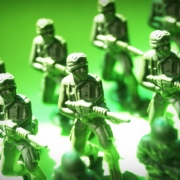
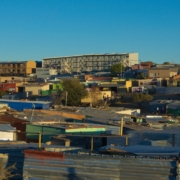
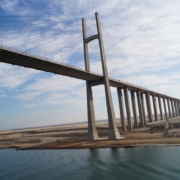
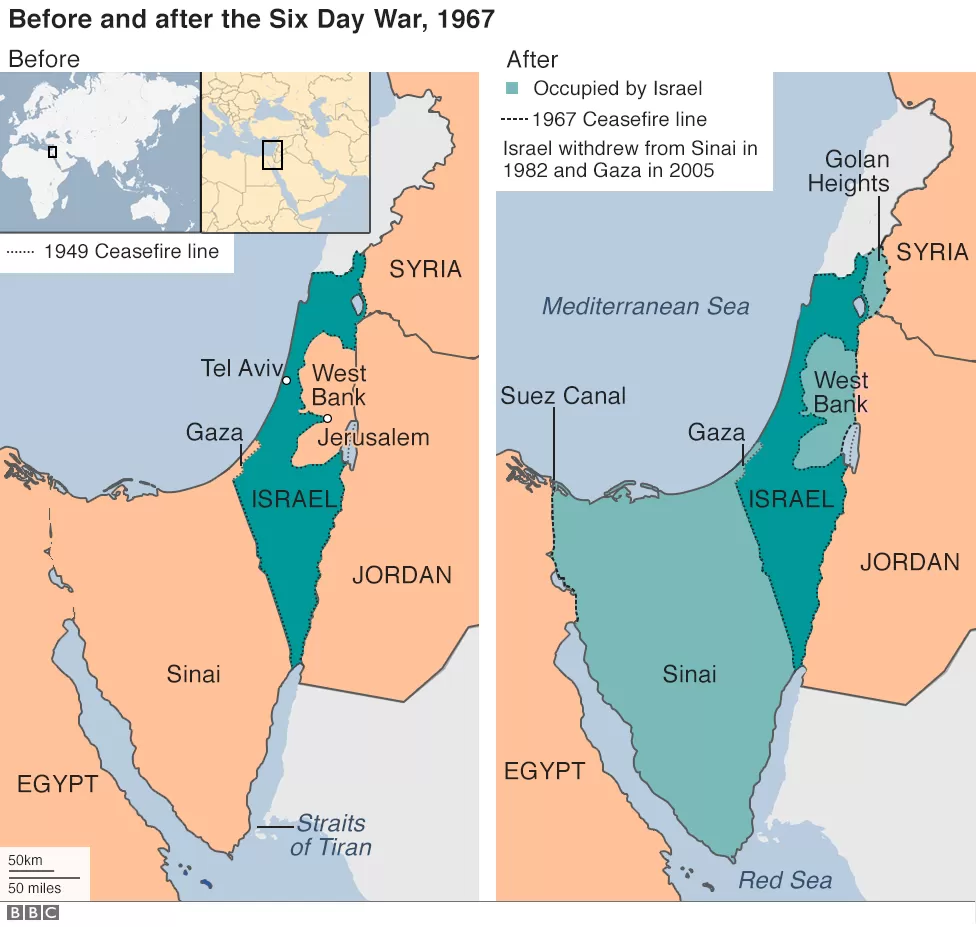
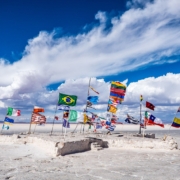
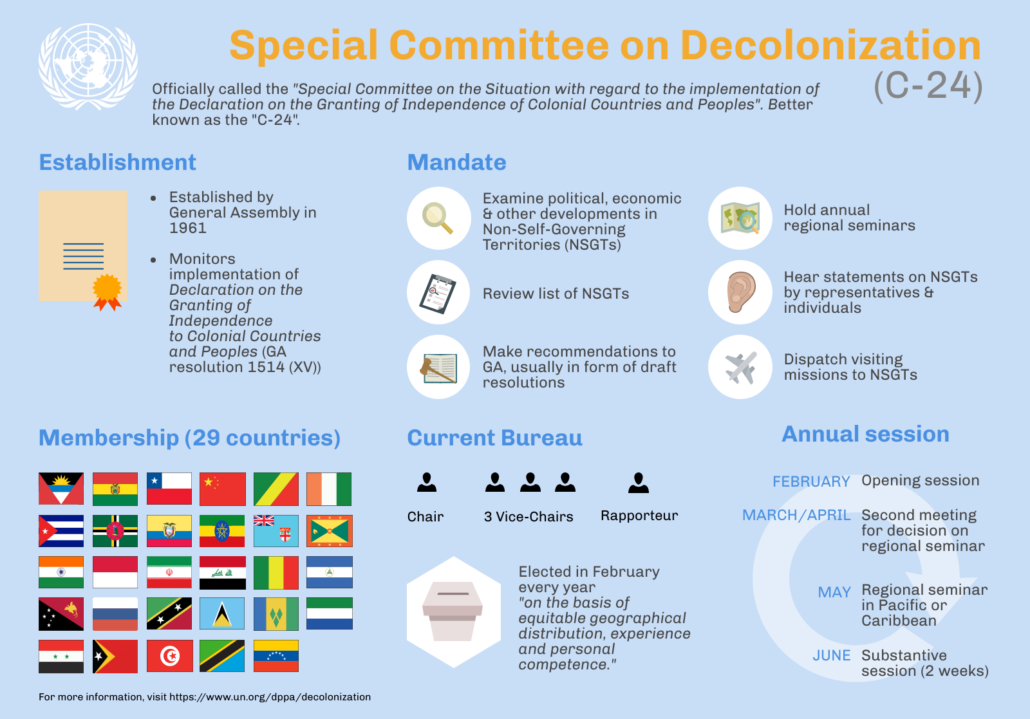
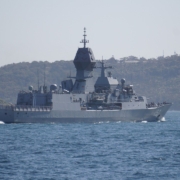
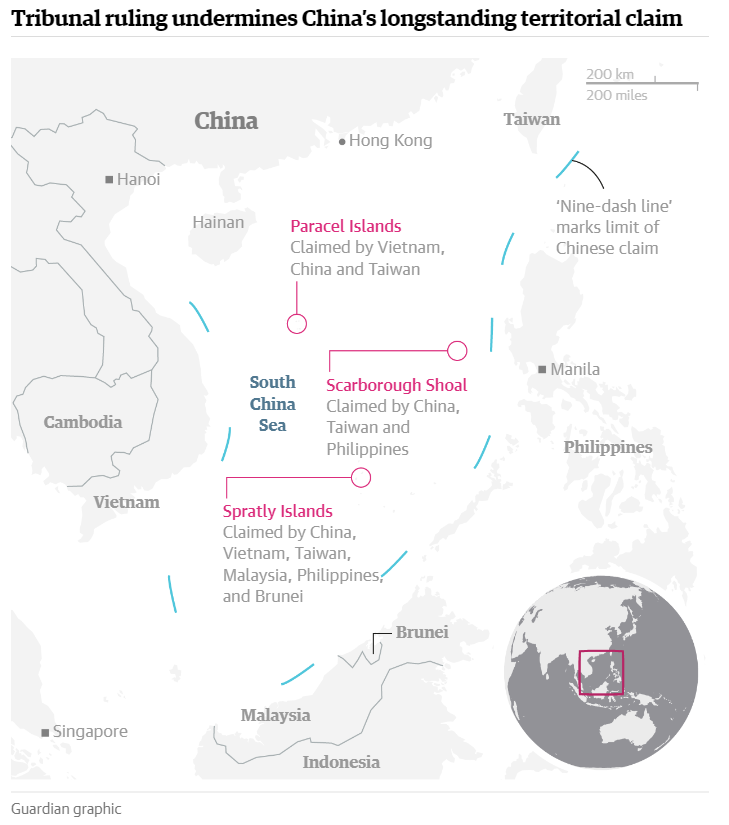
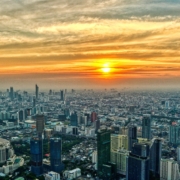
 https://pixabay.com/photos/gold-bars-wealth-finance-gold-bars-163519/
https://pixabay.com/photos/gold-bars-wealth-finance-gold-bars-163519/